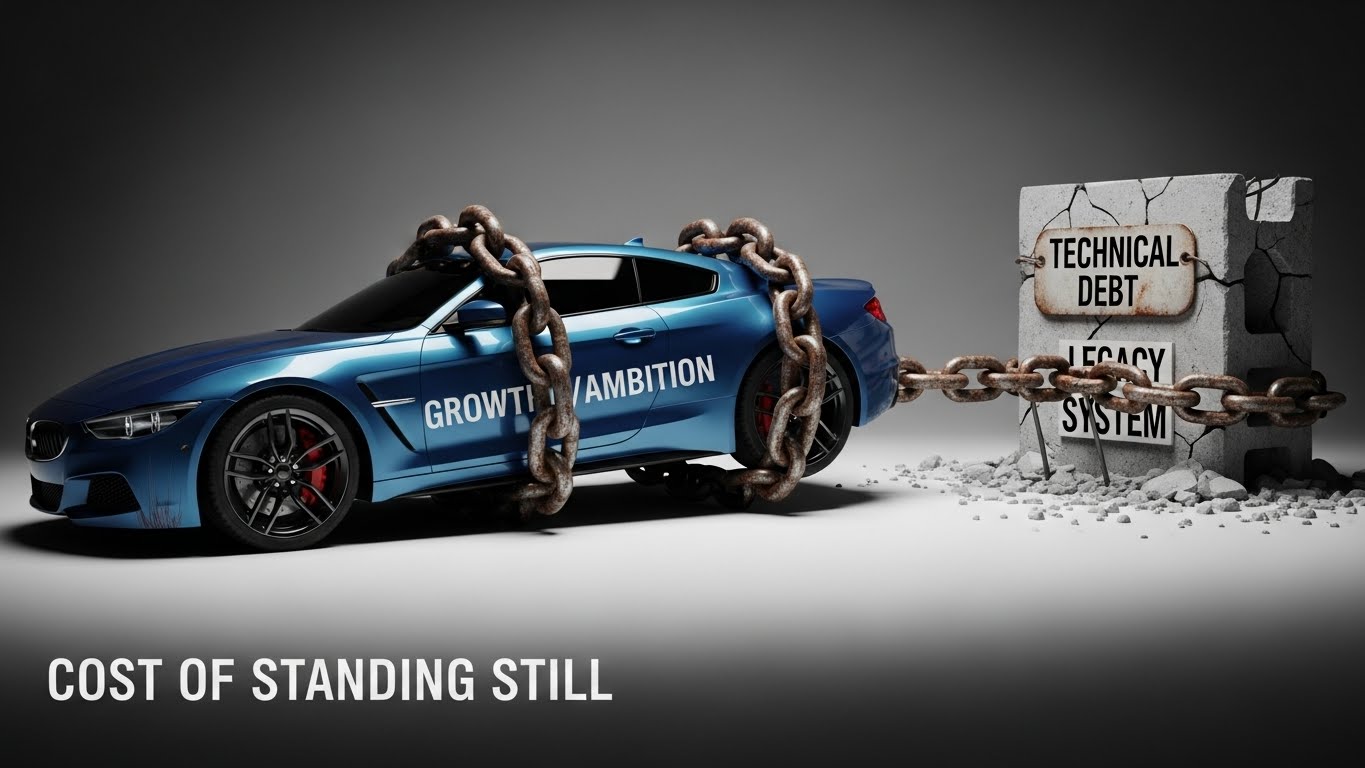By Nsikak Daniels
“Not the maker of plans and promises, but rather the one who offers faithful service in small matters. This is the person who is most likely to achieve what is good and lasting.” – Johann Wolfgang von Goethe.
A brand promise as a foundational value goes way beyond a famous tagline. It reveals what consumers can expect from a brand across all touchpoints. Until a brand has carefully defined and adhered to the matrix of core elements of marketing communication, including positioning, promise, personality traits, story, and associations, it will still have a lot of work to do.
No matter the situation, keeping a brand promise involves using other ingredients of the mix – advertising, raffle and promotion to list a few, to influence loyalty, buy-in and patronage. Therefore, a brand promise should be very peculiar to the subject. It should be the pillar and the core essence for which the whole exists.
The more a brand strives consciously and deliberately to deliver on its promise, the stronger the brand’s worth and value in the mind of its publics. Do not forget that the core of its public perception and of competition is a major lift from a brand’s experiential exposures to its internal and external stakeholders. The experience must be in-depth in memory and positively unforgettable and provoke unsolicited third party or word of mouth endorsements. The value proposition must connect and harmoniously work with the vision and mission of the brand – corporate or product, to arrive at the set objectives as may be envisaged by the organization’s torch bearers. Though the bottom-line is power, it should never be seen as having the capacity to answer everything.
Be it in product, service offering or governance – especially now in Nigeria that a new set of leaders would soon be sworn into office – a brand promise must be kept. For the politicians, mostly in this part of the world, keeping a brand promise is like asking for a tree to walk. The strategy should be able to guarantee a premium competitive edge in the market marketplace.
As stated earlier, delivering on a promise goes beyond crafting captivating and attention-grabbing payoffs or taglines. A brand promise should be given the topmost place in the affairs of a company, with a culture firmly rooted in sustainable growth strategy and commitment. The organization is obligated to deliver the promise in seasons and out of seasons if it must enjoy the empathy of its publics. What you offer must never be common; even where it is, the salt of creativity becomes pre-eminently important.
For the sake of its equity, the promised experience must be made to happen for the good of all. To actualize this, there must be clarity of purpose, no matter how minute or elaborate the circumstances may appear to be. It should equally be noted that every situation is never the same. So the brand vision must be clear with the right attitude, sound judgment and acumen to be ahead of competition. Thus the basis of effective and holistic monitoring and situation analysis would provide an enabling ground to ascertain which path to tread in order for the brand to manifest greater things as may be designed by the stakeholders and the visioners.
It is worthy of consideration here to list that it is incumbent on a PR practitioner to think through the situation, putting on the scale the immediate consequences of action taken or words spoken, compared to the fallouts after the issues at hand must have been dealt with months or years later.
Before making a promise or statement, a brand should think it through, knowing how difficult it is to take words back or keep promises. This is buttressed by the words of Boris Johnson: “It is easy to make promises – it is hard work to keep them.”
Check the multinational corporations from the oil companies operating in the environmentally ravaged Niger Delta region to the manufacturing concerns operating right under our very noses, to the very small enterprises making so much money, using electricity without paying, in the same manner such that they do not pay taxes and yet are stealing from nature every single day. Think of the one who packages sachet water for sale. As a communicator of any generation in the industry, it is a crude, cruel and tragic way to be insensitive in any manner to the environment where your interest and client’s stake is grounded.
In truth, keeping a brand promise is bound to save you a lot, including risking shutdown by a hostile community whom the organization has been taking for granted.
A PR practitioner should not be like the Indian man carrying an umbrella knowing very well that it is filled with holes, and if it rains he dares not open it. Many practitioners erroneously believe Google can actually lead them on how to carve a rotten wood drawn out of the seaside dripping with water. Such a case is worse than the case of the Yoruba Agbebi, who thinks she can become an Ifa overnight just because she had the opportunity of hearing the chant once, when Ifa sang to Orunmila in her sleep.
The problem is that brands have lost the fundamental distinction between the inward and outward, between their way of being as an entity and the way they transact with the external publics. Transactional communication is different according to the nature of a situation or relationship. However remote or intimate, transactions are always governed by laws and norms as well as values.
How can we continue to do something that has not worked as it should over the years? How much longer are we going to live with blueprints that clearly have not delivered their promise? As a PR body worthy of its salt, it is time for conscious, sustainable paradigm adjustment.







Comment
No comments found.